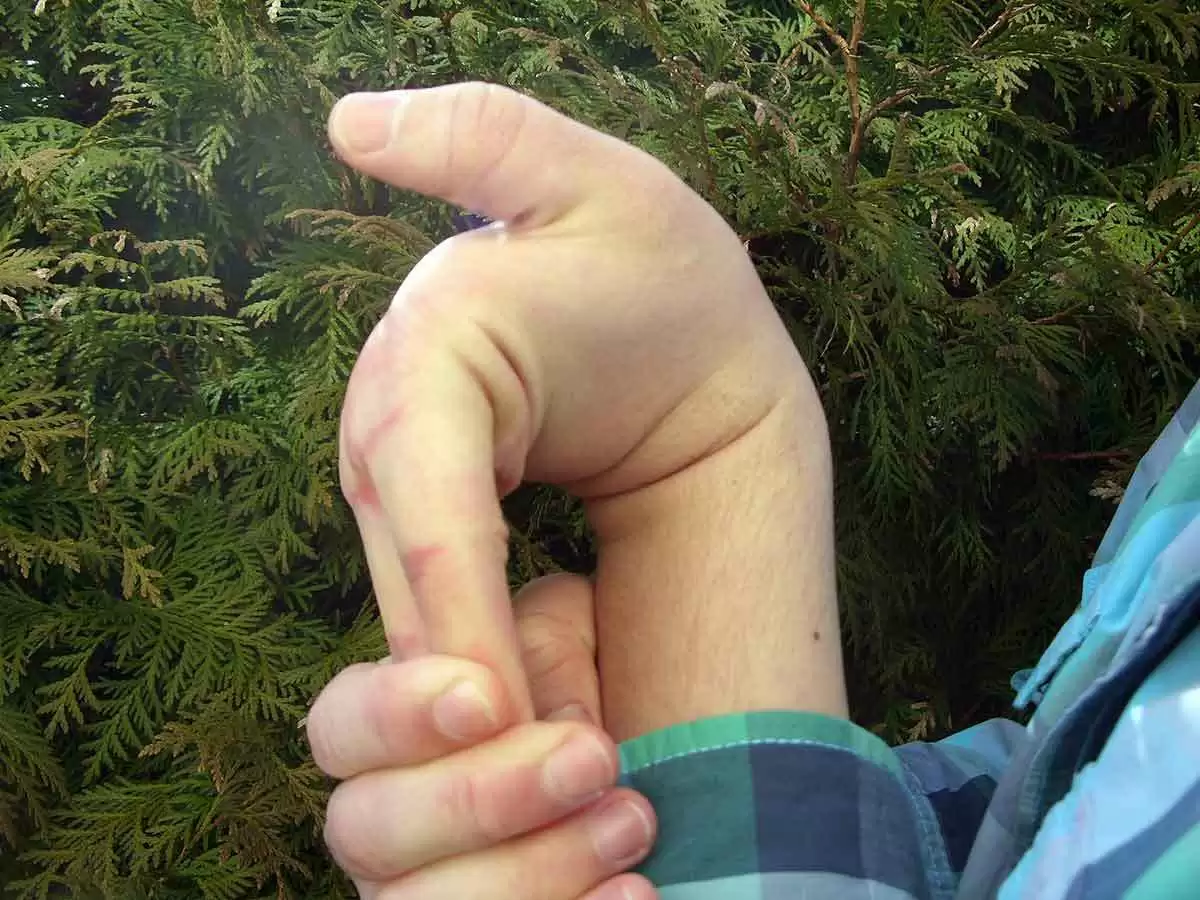
Celiac.com 02/18/2023 - Chomp, chomp, chomp, chomp....GULP. Slurp, slurp, slurp, slurp....BELCH—this is the sound of "Fido" eating his scientifically formulated, well-balanced dog food. Most people know that you get what you pay for in a pet food and that the higher grade foods come from certain recognizable manufacturers and can only be found at specialty pet supply outlets. But, is that axiom true? Does purchasing the most expensive food guarantee that your pet will be receiving the best in nutrition that the industry has to offer?
Chomp, chomp, chomp, chomp....GULP. Slurp, slurp, slurp, slurp....BELCH—this is the sound of "Fido" eating his scientifically formulated, well-balanced dog food. Most people know that you get what you pay for in a pet food and that the higher grade foods come from certain recognizable manufacturers and can only be found at specialty pet supply outlets. But, is that axiom true? Does purchasing the most expensive food guarantee that your pet will be receiving the best in nutrition that the industry has to offer?
Celiac.com Sponsor (A12):
The wake-up call comes when one realizes that once the meat source is removed from the food, the remaining ingredients are mostly unnatural for the pet. If we exclude the beef, poultry, fish, and lamb, the remaining calorie sources are mostly wheat, barley, corn, rice, and oats, all of which are man-raised crops that the dog and cat would never consume in the wild. I love to inquire of my clients "How would your pet get rice—swim to Viet Nam?" But what is the problem with these complex carbohydrates being in the diet? Humans consume these with every meal and they are doing just fine, aren't they? Ahhhh—are we? If we were, those reading this would likely be reading something else right now, wouldn't they? The problem is that the grains listed above have some universal problems among humans and pets alike, as do a couple of other foods that eclipse even the grains with regard to health issues.
To digress for just a moment, I am a recovered celiac. For over forty years, I suffered like most other celiacs from a myriad of symptoms, including allergies, heart burn and intestinal problems, depression/ chronic fatigue, memory and balance difficulties, joint pain, and even fibromyalgia. I was taking at least four drugs twice daily; caffeine addicted, and was quite frankly not having any fun anymore. I am now two and a half years gluten AND casein-free, off all drugs, symptom-free, and feeling better than I did when I was twelve. This miraculous recovery got my attention as a patient and as a doctor. How could this be? How could I be suffering from what millions of people and pets were experiencing but get well in such a short period of time? How could all of these conditions be linked together?
The readers of Celiac.com and its publications have read many a testimony like this. Many have experienced similar responses while others are still wondering when wellness is going to happen to them. Those in the latter category have been trying to faithfully adhere to the gluten-free regime but are frustrated by the fact that they are making such huge sacrifices with less than optimal responses.
Well, "Fido" is about to teach us all something. The fact is that the celiac is a "who's who" of what is wrong with human beings but the conditions that we suffer from are not limited to those who walk upright. When I read the list of conditions that we as gluten intolerants experience, my first thought was that "This is me—this describes me to a T." My second thought was "...but this describes everything that is wrong with everyone, including their dogs and cats." And it does! Suddenly, medicine through the eyes of celiac disease (and other similar food intolerances) made sense. I tell everyone that it was like someone had finally put the right program into a stalled computer and it began operating at lightning speed. All of the idiopathic conditions that are so poorly understood in medicine became "open season" for this medical headhunter.
Soon the answers did come—one after another. I launched into two years of intensive research while applying the newly unveiled principles to my patients as well as myself. Miracles started happening around me. Allergies abated, intestinal problems cleared up, older pets became less painful and more active, and yes, even their epilepsy stopped. "Wait a second! Epileptic seizures stopped?", you may be asking. Yes, 100% of my epileptics have stopped having seizures, just like many celiac children that were placed on gluten-free diets have responded. I got the idea from the celiac literature. How that occurs is totally explainable but beyond the scope of this article.
In a nutshell, after all of my research into so many of the medical problems and conditions that plague pets and mankind, I concluded that the center of our health universe lies in that "J-shaped" stretch of intestine known as your duodenum. Most celiacs are aware of the pathophysiology of their condition and are familiar with the terms malabsorption and "leaky gut syndrome". But, many just don't understand all of the fine details.
There are three food ingredients that adhere to the villi of the duodenum and induce the change that is characteristic of celiac disease known as villous atrophy. These three substances are gluten (from the grains), casein (from cow milk products), and soy protein. What is it that links these substances together? For one, they are all used as adhesives. Yes, gluten, casein, soy and even corn are all used in industry as adhesives, some even being waterproof. Put "gluten", "casein", "soy protein adhesive" or "corn adhesive" in the search engine of any computer and read the responses. Wow!
As it turns out, the foods that are the "stickiest" are the ones that cause the most problems. For instance, casein and gluten are used for the most powerful adhesives. Therefore, it should be not be a shock that they are the number one and number two childhood food allergens according to the FDA. Number four is soy. Number three is egg (This is the first secondary allergen brought about by the damage done to the gut by the first two). Now, imagine these proteins leaving the stomach of a human or their pet. I have always used the illustration of three slices of pizza leaving our stomach. But, for the sake of this article, I will use a wheat, barley, or soy-based pet food to drive the point home. Now that you have an idea of where we are headed, you can imagine the stomach is filled with "glue"-containing food. This "glue" leaves the stomach after it has been worked on as much as possible by that organ. This, I believe, is the origin of most heartburn. As simple-stomached animals, our pets and we are not designed to eat grasses like the ruminants do and all of the grains are in that grass family. By adding extra acid, our stomach is doing its best to break down the "glue". Unfortunately it's just inadequate (Yes, my two years of acid reflux abated after just one week of being gluten-free, which should be no surprise). So, it is this remaining sticky substance that adheres to the villi of the duodenum, which are so vital for the absorption of nutrients. This coating reduces the amount of those essential ingredients absorbed.
What are those nutrients? The vital substances are calcium, iron, iodine, all B complex, vitamin C, most water-soluble vitamins, and most of our trace minerals such as zinc, boron, manganese, magnesium, etc. In other words, just about everything that is important other than our proteins, fats, and calories are absorbed by the duodenum. How well can this organ function when it is coated with "glue"? The important thing to realize here is that this happens to everyone and every pet that eats these foods. That bears repeating. This happens to everyone and every simple-stomach creature that eats these foods. We have simply focused on the "worst-of-the-worst"—the celiacs, casein intolerants, and soy intolerants—in which an immune response is mounted against the glue leading to severe villous atrophy. This immune assault also generates the warning antibodies that we call "allergies" to tell you that this process is taking place, otherwise, it would be a "stealth operation" that goes on undetected for years and years until the bottom falls out. Yes, this is all too familiar of a scenario, isn't it? It happens in pets all of the time, I'm afraid.
So, the ultimate question is whether pets suffer from celiac disease? My answer now is that it doesn't really matter. In the pet, every bite of the average commercial food has "glue" in it, whether it is of wheat, barley, soy, corn, or rice origin. Yes, there are better glues" than others and they are in line with what we see as the principle allergens in the pet, just as one would expect. Wheat and soy are the worst (now that dairy has been eliminated from pet foods) while oats and rice are the best—they happen to be the least sticky. Corn is in the middle. This is exactly what veterinarians see as the main sources of food allergies in the pet, a problem of huge importance in dogs and cats. Now people can understand why lamb and rice foods have become so popular. It does all make sense.
But celiac disease has occurred in the dog. It has been definitively identified in one breed, which is almost extinct now.... the Irish setter. This hapless breed was effectively sent the way of the buffalo when the industry added wheat, the number one dog and cat food allergen, to pet foods about 15 years ago. Thanks to the wheat-glut in this country, corn-based diets were quickly replaced with wheat and the subsequent decline in our pet's health began. Veterinarians found themselves wondering why the immune system of the dog and cat were having such problems, ranging from worsening allergies to a rapid rise in immune-mediated diseases. The answer was right before us. You don't add the number one dog and cat food allergen to the diet without having some major repercussions. The veterinary profession was just as shortsighted as the medical profession is today about the ramifications of consuming the top food allergens as the bulk of the diet. Around 60-70% of the American diet is comprised of cow milk products and wheat alone, with 40-50% being the number one food allergen—dairy products. There is a price to pay for this sort of ignorance and it is heavier than most realize.
The main cost is the disruption of duodenal function. Once the essential nutrients have been malabsorbed for a long enough time, Pandora's Box is opened. This may occur very early in life or very late, partly governed by the degree of immune-mediated component. The "worst of the worst" will experience severe problems by the time they are adolescents while the more resilient will not be affected until late in life. But, as I tell my clients, I believe that with the top three foods...wheat, dairy and soy...it is a matter of when they cause problems, not if. The "glue" will eventually affect everyone and every pet with its nutrient-blocking qualities.
Suddenly, conditions such as hip dysplasia, elbow and shoulder problems, intervertebral disc syndrome, cruciate ligament ruptures, and even heart valve failure all have better explanations. All of these problems are caused by failing cartilage and connective tissue, both of which are structured similarly and made up of calcium and collagen. Collagen is the building block of most of your skeletal support structures. The principle component of collagen is vitamin C. Therefore, when it is understood that calcium and vitamin C are absorbed by the duodenum, then it is easily seen that inadequate amounts of these in the diet or failure of their absorption will compromise the integrity of these structures—all of them.
Now, imagine that a German shepherd puppy begins eating a wheat, barley, corn, or soy-based diet from the moment it is weaned. If inadequate levels of calcium and vitamin C are absorbed, what are the chances that its hips, elbows, spine, and other cartilaginous structures are going to form properly? I would say "not good". Most people familiar with dogs know that this breed has a reputation for horrible hip dysplasia. But, they also have serious allergies and other immune-related disorders. These, we can see now, are all likely to be interrelated.
I used to be concerned that the veterinary profession had somehow missed the incidence of celiac disease in breeds other than the Irish setter. But, now that I understand the effects of the "glue" on the absorptive ability of the duodenal villi, I believe this possible oversight to be much less important. I believe the same to be true for humans. The "glues" affect all that consume them. Certainly, the "worst of the worst"— the celiacs, casein intolerants, and soy intolerants—have the most to be concerned about. But with these troubled foods, for all that consume them, it is a matter of when they will create a problem, not if.










Recommended Comments
Create an account or sign in to comment
You need to be a member in order to leave a comment
Create an account
Sign up for a new account in our community. It's easy!
Register a new accountSign in
Already have an account? Sign in here.
Sign In Now